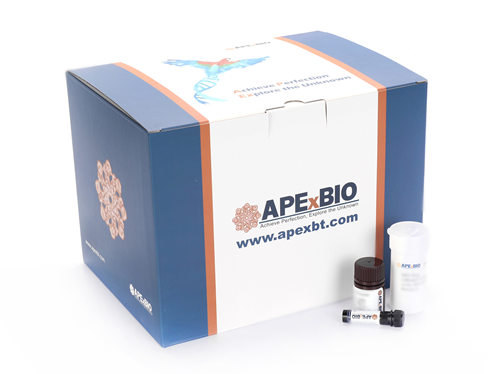Protein Carbonyl Colorimetric Assay Kit (Tissue and Serum Samples)
Protein carbonylation refers to the process of oxidative modification of amino acid residues (such as lysine, arginine, threonine, proline, etc.) in protein molecules to form carbonyl (-C=O) groups, which is an important indicator to measure protein oxidative damage in vivo. The endogenous nature is mainly mediated by oxidative stress, such as reactive oxygen species (ROS) attacking amino acid side chains, Maillard reaction, or spontaneous oxidation of proteasome degradation intermediates, and can also be induced by the Fenton reaction catalyzed by metal ions (such as Fe²⁺, Cu²⁺). Exogenous is associated with environmental factors such as ultraviolet light, ionizing radiation, cigarette smoke, industrial contaminants (e.g., acrolein), and advanced glycation end products (AGEs) in the diet etc. In terms of disease association, the increase of protein carbonylation level is closely related to a variety of pathological processes, such as oxidative stress-related diseases (such as diabetes mellitus and cardiovascular diseases). Carbonylation can lead to protein structural destruction, abnormal function or aggregation, affecting enzyme activity, signal transduction and cytoskeletal stability. In neurodegenerative diseases (e.g., Alzheimer's disease, Parkinson's disease), aberrant carbonylated proteins (e.g., β-amyloid, α-synuclein) tend to form toxic aggregates and aggravate neuronal damage. In addition, processes such as cancer, chronic kidney disease, aging, etc., have also been implicated in imbalances of carbonylation modifications.
Protein carbonylation modification can be achieved by a variety of methods, the most classic and convenient of which is the reaction between 2,4-dinitrophenylhydrazine (DNPH) and protein carbonyl groups. The principle is that the hydrazine group (-NHNH₂) of DNPH undergoes a nucleophilic addition reaction with the carbonyl group (-C=O) in the protein to form a stable hydrazone derivative, which is analyzed spectrophotometrically at 370 nm.
This kit is designed to provide a simple and accurate method to quantify the carbonyl group in protein samples and is suitable for the detection of protein carbonyl content in serum, plasma, pleural fluid, cell supernatant, and tissue samples.
|
Components |
48 T |
96 T |
Storage |
|
Homogenate Medium |
50 mL |
2X 50 mL |
4℃ |
|
Streptomycin sulfate |
3X 1 vial |
6X 1 vial |
4°C protect from light |
|
DNPH Solution |
10 mL |
20 mL |
4°C protect from light |
|
Acid Reagent |
10 mL |
20 mL |
4℃ |
|
Protein Precipitator |
30 mL |
60 mL |
4°C protect from light |
|
Denaturant |
2X 37.5 mL |
3X 50 mL |
4℃ |
|
Shipping: Blue ice Shelf life: 6 months |
|||








